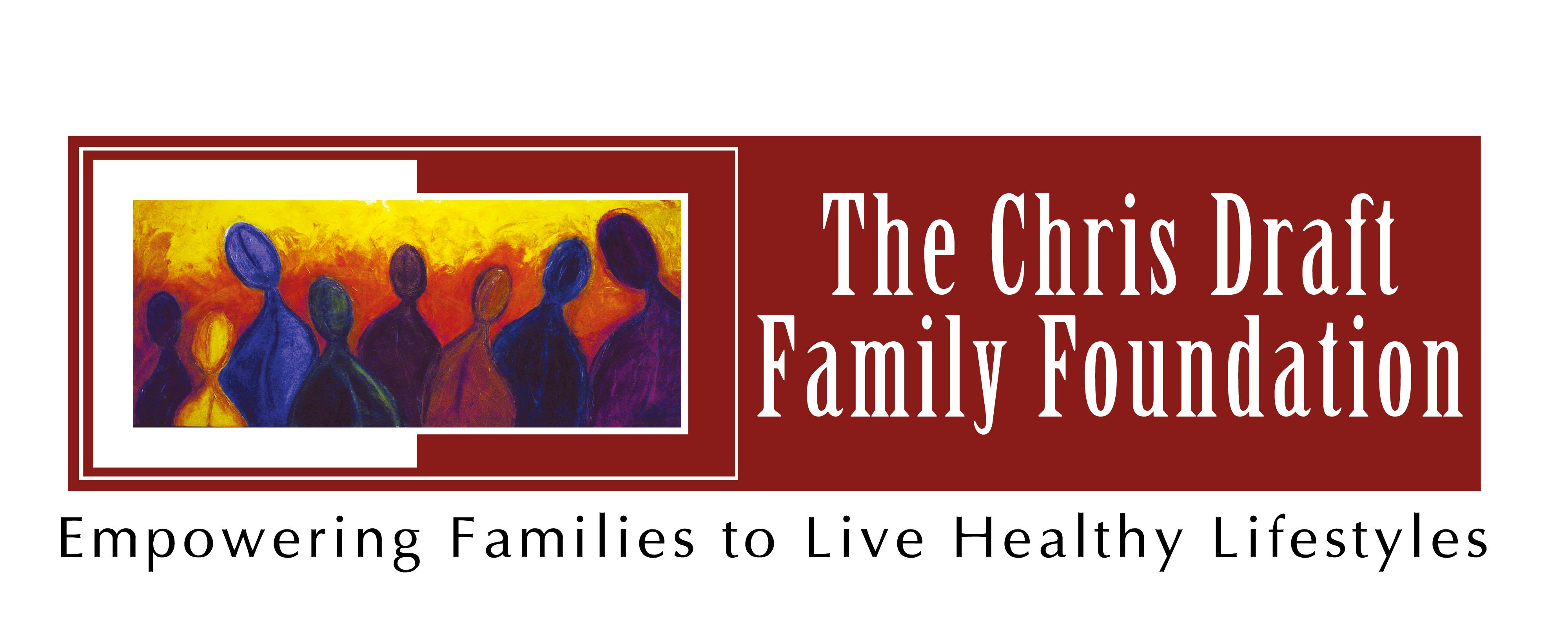
Reaching Out: More Than Just Prevention

Transcript:
Chris Draft: Changing the Face of Lung Cancer is not just about a person, but it does start with a person. For the last 40 years, it’s essentially been a prevention campaign that has really defined lung cancer. All they’ve shown is somebody that is smoking. And unfortunately, they have shown probably the worst person that is smoking. It wasn’t a campaign that tried to build compassion. It was a campaign to try to scare you into your personal responsibility of not smoking. That is all it was.
When we’re talking about changing the face of lung cancer, we have to change this prevention-only campaign—this personal responsibility-only campaign—and allow people to see the compassion that is necessary to actually completely deal with this problem.
The game plan for cancer is the same across—that is prevention, early detection, treatment, research, and survivorship. Unfortunately, with lung cancer, they only focused on prevention for the longest time. Now, that is great. Ideally, if we could make it with somebody that did not get it, oh my goodness, that would be the best. But unfortunately, you just can’t do it. And so, one thing, by itself, will not get it done. The game plan is prevention, early detection, treatment, research, and survivorship.
As we’re changing the face of lung cancer, we’re definitely trying to make sure that people can see that it can be done. They don’t have to see this beautiful, fit woman, like my wife, who is 37 years old, and be completely surprised that she can get lung cancer. We need to make sure that people know that. We’re changing the face so they know it. They can actually support it. And so, unfortunately, if it does happen, we’ll be further ahead.
The other side of Changing the Face of Lung Cancer is, it’s making it clear that prevention is not good enough. It’s not. It doesn’t mean to not do it. It means to absolutely to do. It means to be all in on it. But that’s not enough. So, Changing the Face of Lung Cancer is appreciating that the full game plan is necessary to attack and dominate lung cancer. Prevention, early detection, treatment, research, and survivorship.
When she was diagnosed, she was my girlfriend. We had a chance to get married. We talked about being able to continue building a life. We didn’t go right out and just get married. We still continued to build our relationship. We got married in November of 2010. Before we got married, she came to me and asked, “What do you think about if we don’t get presents? What do you think if we ask our family and friends that are going to come to donate to the foundation, so that we can fight against lung cancer?” I said, “I love it.”
Where did the advocacy start? It started with our diagnosis. We were fighting for her. It was about our battle. It was about surrounding her with, again, the information and the uplift. And then, on our wedding day, she made it clear that we could do more—that we could help others. I think it’s very important to point that out when people ask me, “Did you do this after she passed?” And I said “No, no, no, no, no.” You have to know that my wife was a part of this, even though she wasn’t doing well right around the time when we got married. She wasn’t feeling well.
Very easily, she could have just said, “It’s our wedding. It’s about us.” You know? Or, it’s about her. It could have been that. Or, she could have said, because we got married around Thanksgiving, “Don’t worry about it. Don’t worry about presents.” But she didn’t say that. She asked for everyone to join us, and join in this battle, right? Keasha had already had all of the support that we could get. The only thing that could have changed her outcome would have been a new drug, something that she could have responded to. We had everything that we needed. It was clear, because of that, that she was saying, “We’ve got to fight for other people.”
So, on that day, we made a commitment to each other. But, we also made a commitment to the cancer community. We said, “We’re going to fight, and we’re going to fight for you.” And that cancer community is made up of people. So, to all of the people out there, we have got your back.
Transcript Edited for Clarity





